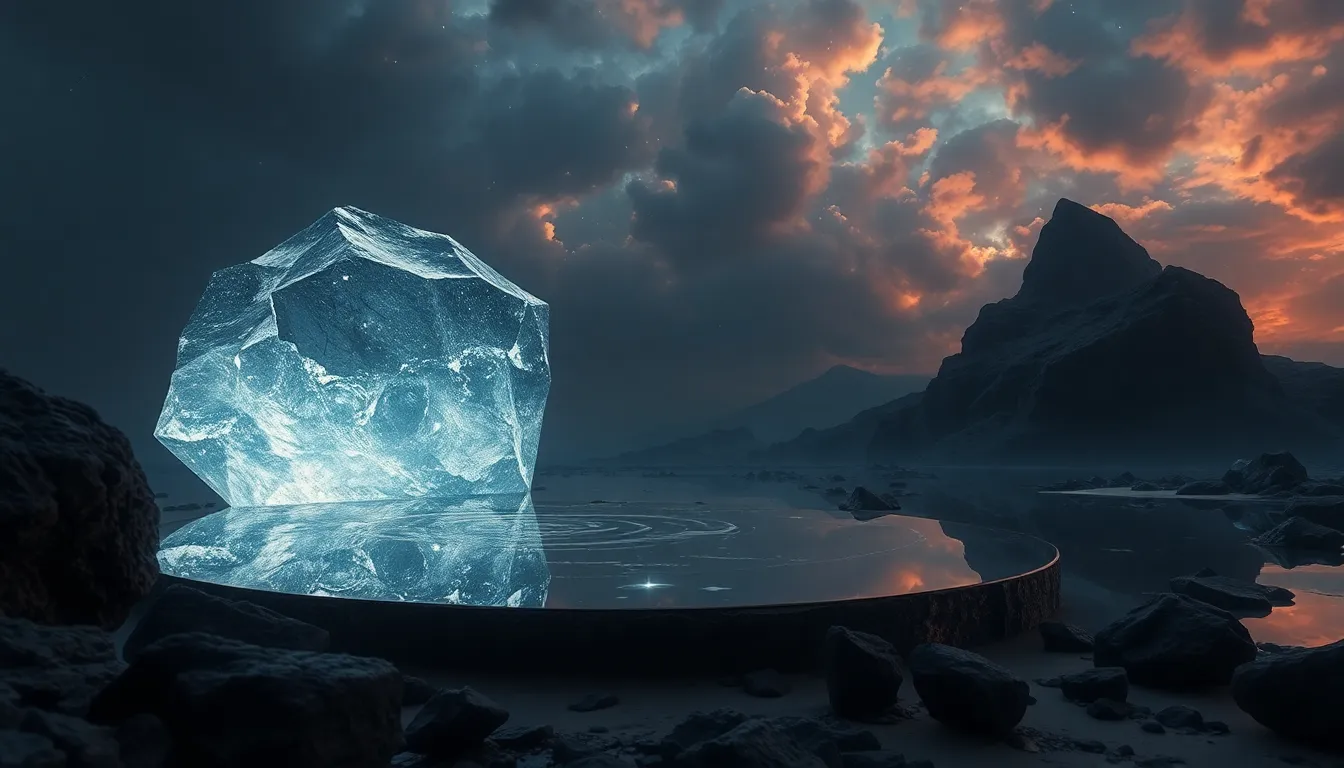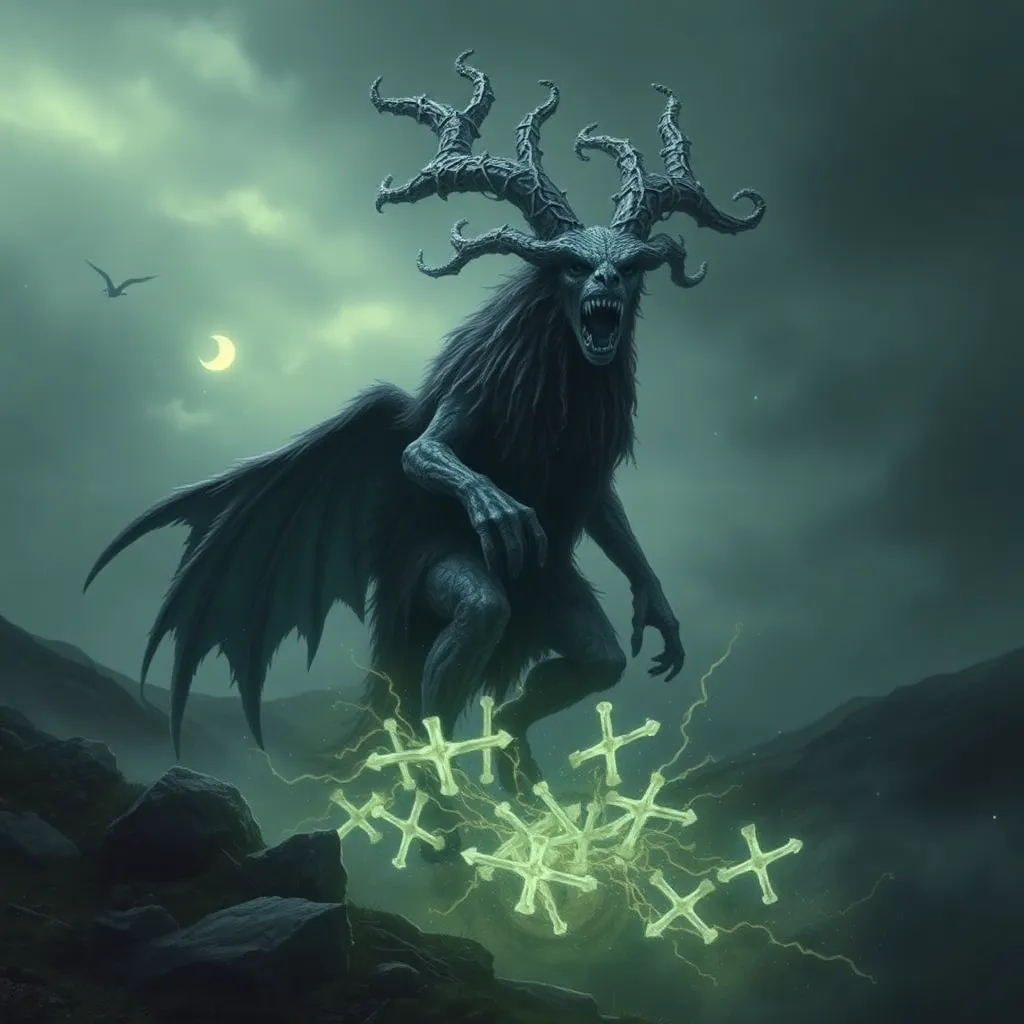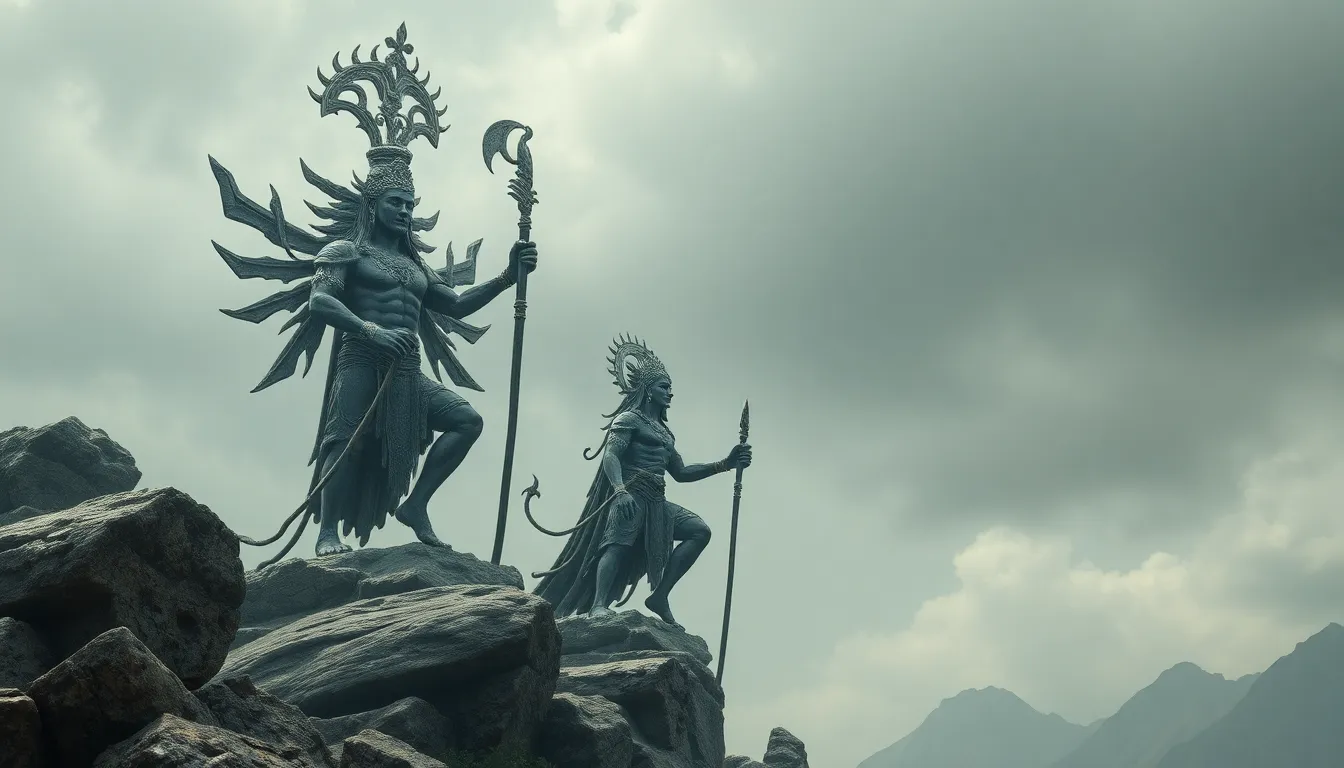The Crystal Mirror: Reflecting the Mysteries of Time
Introduction to the Crystal Mirror
The crystal mirror, often revered for its beauty and clarity, holds a significant place across various cultures. Defined as a mirror made from finely crafted glass embedded with lead, crystal mirrors are not only tools for reflection but are also symbols of deeper meanings. Throughout history, they have been associated with themes of truth, self-perception, and the passage of time.
The importance of the crystal mirror transcends mere aesthetics; it has been a subject of fascination in art, literature, and spirituality. As we delve into the mysteries of time and reflection, we uncover the complex layers of meaning that the crystal mirror embodies.
The Historical Significance of Mirrors
The evolution of mirrors can be traced back to ancient civilizations, where polished metals like bronze and silver served as the earliest forms. These primitive mirrors have since evolved into the crystal mirrors we recognize today. Over centuries, mirrors have been imbued with various cultural beliefs and myths. For instance:
- In Ancient Egypt, mirrors were associated with the goddess Hathor, symbolizing beauty and femininity.
- In Chinese culture, mirrors were believed to ward off evil spirits.
- In European folklore, breaking a mirror was thought to bring seven years of bad luck.
Moreover, mirrors have played a significant role in art and literature, often symbolizing vanity, reflection, and the duality of human nature. Notable works, such as Lewis Carroll’s “Through the Looking-Glass,” explore these themes profoundly.
The Science Behind Crystal Mirrors
Creating a crystal mirror involves a meticulous process that combines artistry and science. Crystal mirrors are crafted from high-quality glass containing lead oxide, which enhances clarity and brilliance. The physics of reflection and refraction in crystal differs from traditional glass mirrors due to its unique composition, resulting in a more vibrant and luminous reflection.
The craftsmanship involved in creating crystal mirrors includes:
- Cutting and polishing the glass to achieve the desired shape and clarity.
- Applying a reflective coating, typically silver, to the back of the glass.
- Framing the mirror in ornate designs that complement its reflective properties.
Mirrors as Symbols of Time
Mirrors have long been associated with time perception and memory. They serve as tools for introspection, allowing individuals to reflect on their past and contemplate their future. The concept of mirrors as portals to different temporal realities has been explored in literature and philosophy. They symbolize the dual nature of existence, where the past and future coexist in the present moment.
Psychologically, mirrors can evoke powerful emotions, prompting individuals to confront their identities and experiences. This reflective process can lead to personal growth and transformation.
The Crystal Mirror in Mythology and Folklore
Crystal mirrors appear prominently in various myths and folklore, often serving as magical objects or instruments of prophecy. Notable stories include:
- The tale of Snow White, where the evil queen consults her magic mirror to discover who is the fairest of them all.
- The legend of the Mirror of Erised from “Harry Potter,” which reveals the deepest desires of the heart.
- In Japanese folklore, the Yata no Kagami is a sacred mirror that symbolizes truth and wisdom.
These narratives highlight the multifaceted symbolism of crystal mirrors, representing truth, beauty, and the search for self-knowledge. They also play a significant role in divination practices across cultures, where mirrors are believed to reveal hidden truths.
Artistic Representations of the Crystal Mirror
Throughout history, artists have incorporated mirrors into their works as symbols of reflection and perception. Famous artworks, such as Jan Vermeer’s “Girl with a Pearl Earring,” utilize mirrors to explore themes of identity and reality. In contemporary art, installations featuring crystal mirrors challenge viewers’ perceptions and encourage self-reflection.
Artists often interpret time and reflection through mirror imagery, creating pieces that provoke thought and evoke emotions. The interplay of light and reflection in these works adds a dynamic element that captivates audiences.
Crystal Mirrors in Spirituality and Mysticism
In spiritual practices, crystal mirrors serve as tools for meditation and self-exploration. Various traditions interpret the significance of reflection in unique ways. For instance:
- In Buddhism, mirrors are used to symbolize the clarity of mind and the nature of reality.
- In Feng Shui, mirrors are strategically placed to enhance energy flow and reflect positive aspects of life.
- In some mystical practices, mirrors are used in scrying, a form of divination to gain insight into the future.
The concept of self-reflection through the crystal mirror is central to many spiritual journeys, leading to enlightenment and personal transformation.
Modern Applications and Innovations
Today, advancements in technology have transformed the design and functionality of mirrors. Crystal mirrors are now utilized in various fields, including:
- Architecture, where they enhance natural light and create illusions of space.
- Interior design, where they add elegance and depth to rooms.
- Psychological therapy, where reflective surfaces are used to facilitate self-exploration and healing.
Emerging trends continue to explore the psychological benefits of mirrors, emphasizing their role in self-awareness and emotional well-being.
The Philosophical Implications of Time and Reflection
The interplay between time and reflection raises profound philosophical questions about existence and reality. Various theories challenge our understanding of time, suggesting that it may be non-linear and subjective. Mirrors, as reflective surfaces, serve as metaphors for this complexity, inviting us to contemplate our perceptions of reality.
Philosophical inquiries often focus on:
- The nature of self and identity as seen through reflective surfaces.
- The existential implications of observing one’s reflection and the passage of time.
- The relationship between memory, perception, and reality as influenced by mirrors.
Conclusion: The Enduring Mystique of the Crystal Mirror
The crystal mirror remains a powerful symbol of reflection, beauty, and the mysteries of time. Its significance spans across cultures, art, spirituality, and philosophy, inviting us to explore the depths of our consciousness and the nature of existence. As we continue to examine the relationship between mirrors and time, we unlock new insights into our perceptions of reality and self-awareness.



